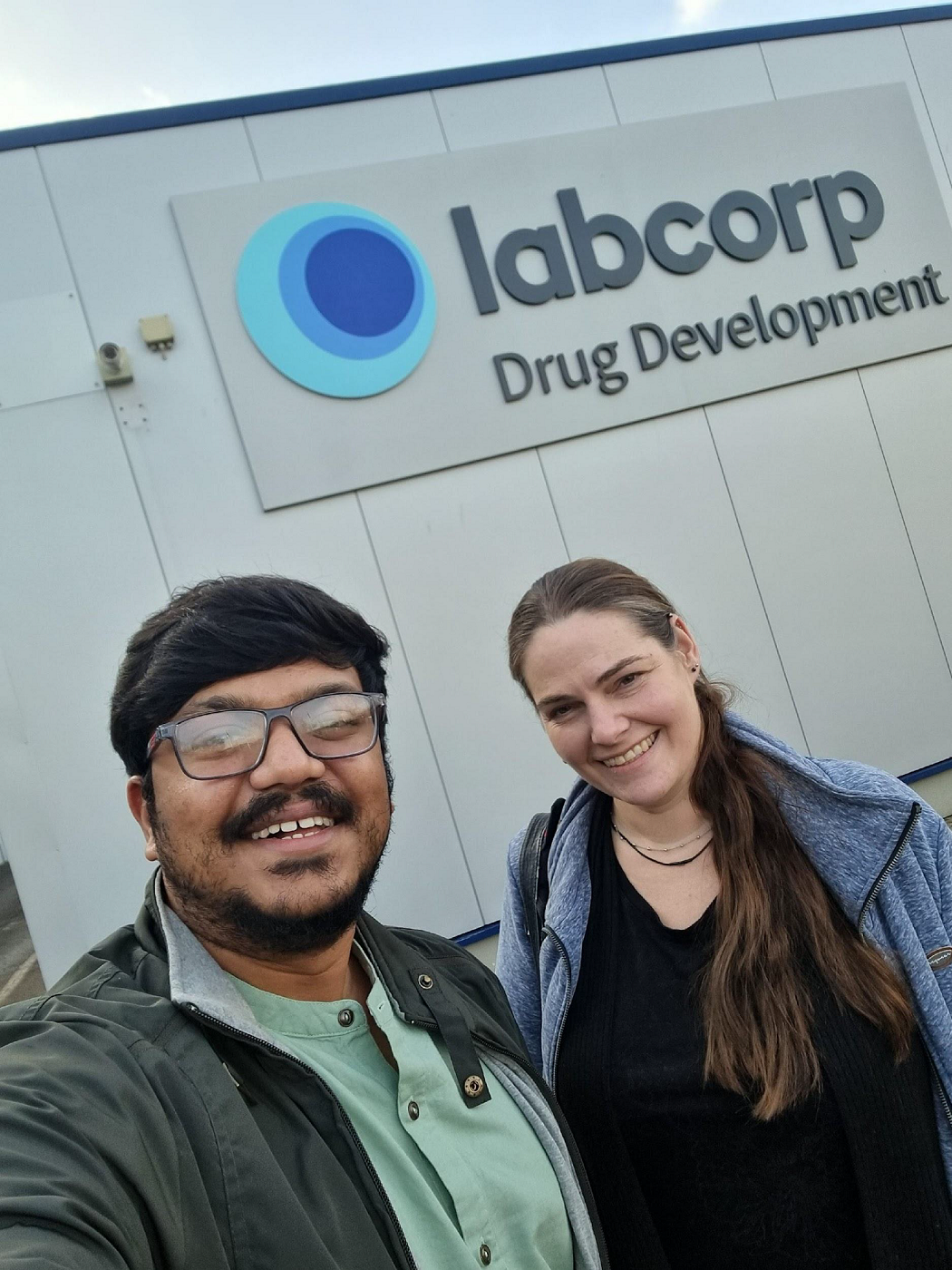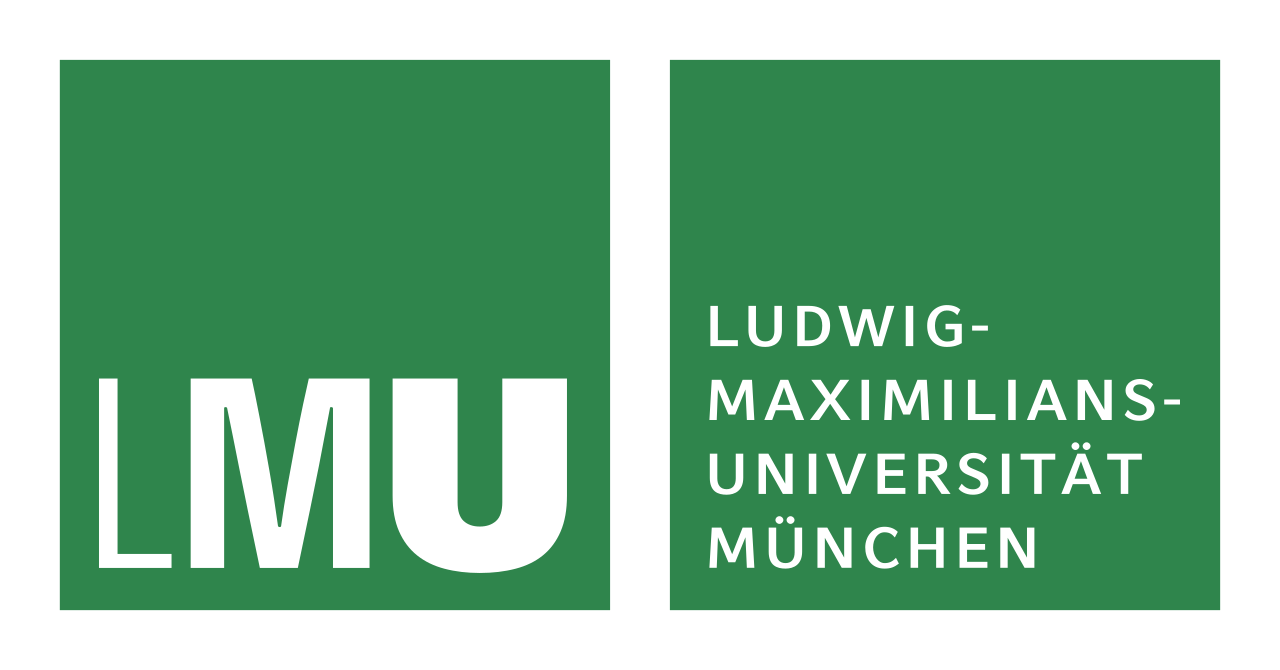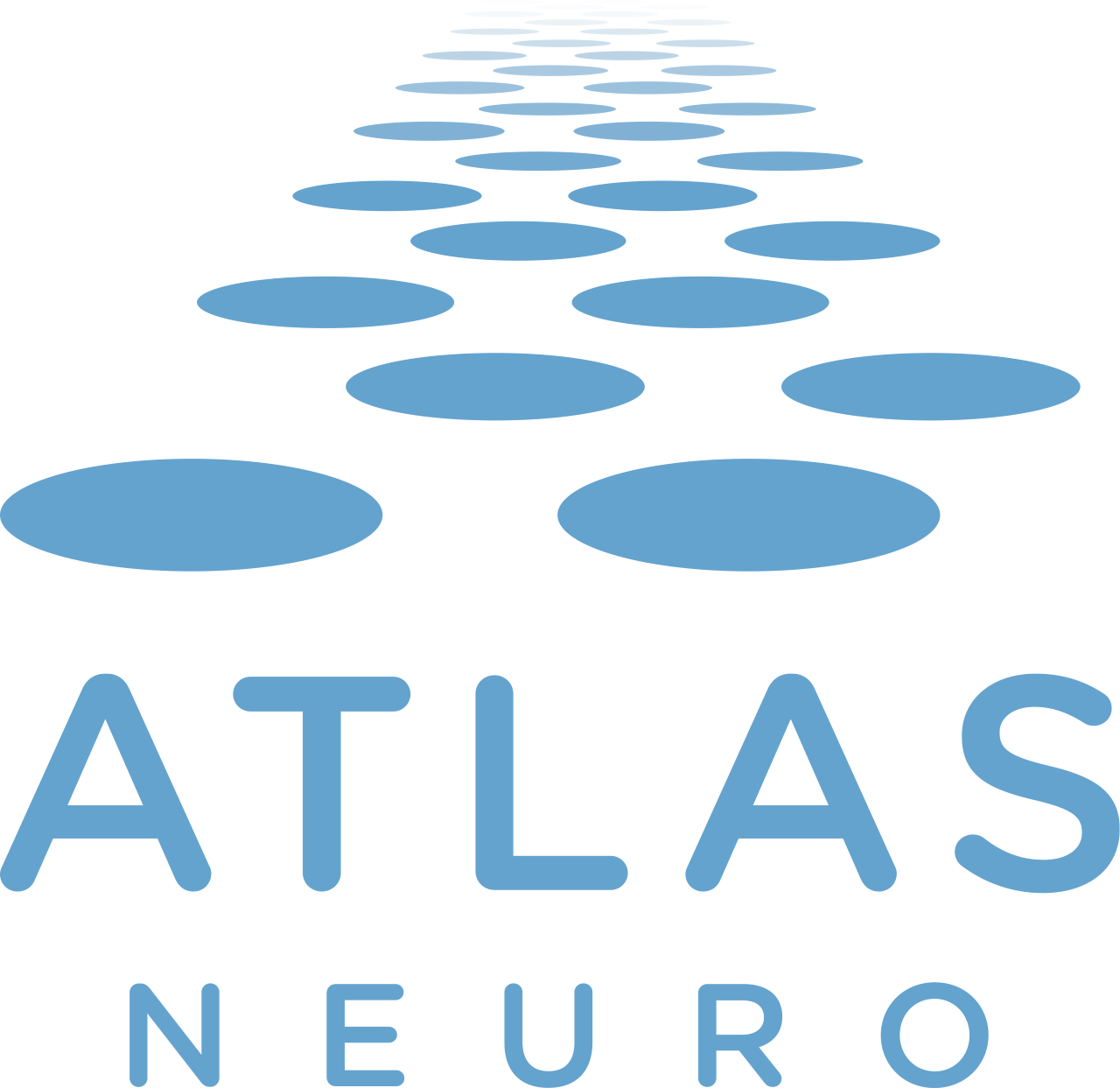ESR 5
Large-scale brain networks through primate evolution
- Early Stage Researcher 5 (ESR 5) name: Sameer Manickam
Email address: sameer.manickam@inserm.fr
Personal Information:
Starting as a bachelor in biomedical engineering, I gained a lot of interest in Image and Signal processing. After my bachelor's, I worked as a research assistant for a year and learned a lot about MRI(Quantitative and Qualitative Analysis) and how it is revolutionizing the field of medicine. So I did my master's in Medical Engineering specializing in MRI Image processing. I have a great amount of interest in working with MR Imaging and now I am working as a Ph.D. student in Human and Non-Human Primate brain fMRI.
Publication(s):
A Method to Improve Automated Subject Specific Arterial Input Function for DCE-MRI and to Evaluate its Effect on Glioma Grading at 3T, ISMRM 2020
- Host Institution: French National Institute of Health and Medical Research (INSERM), Lyon, France
- Supervisors: Dr F Hadj-Bouziane, Dr C Amiez
- Project title: Large scale brain networks through primate evolution
- Project description:
This project will analyze resting-state-functional Magnetic Resonance Imaging (rs-fMRI) data in anesthetized non-human primates including marmosets, macaques, baboons, and chimpanzees, as well as in awake macaques and humans. We will focus on the impact of different levels of anesthesia on corticocortical and cortico-subcortical networks to ensure a continuum between knowledge on anesthetized to awake primates.
- Planned secondments:
(1) Labcorp Preclinical services, 10th February 2023 - 23rd February 2023
Labcorp Preclinical services provided exceptional exposure to understanding the industry side of research. The host and the host institute were kind enough to provide me with all the information about how the company works and the life cycle of a study. Each study is crucial for the preclinical services to understand the development of a drug with the use of Non-Human primates. The study directors provided an in-depth view of different specialized and drug-specific studies. Also, it was a great opportunity to understand how many different departments come together and work as well-oiled machines to contribute towards drug development.

(2) University of Western Ontario
Contact: email Dr F Hadj-Bouziane, email Dr C Amiez
More information:
















